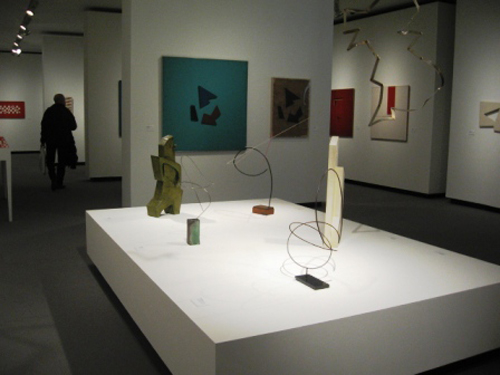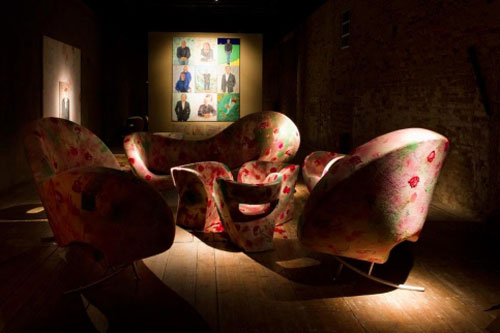Have you ever thought how would the world be like without its colors? Seeing black and white (and grey) is a disease known as “color blindness” and Neil Harbisson was born with this hereditary condition but managed to develop (and affirmed) his career thanks to a sensor called “eyeborg” who became the first cyborg known throughout the world.

Harbisson was born in London in 1984 and raised in Barcelona (Mataro), where he originally studied a Bachelor of Arts at the High School Alexandre Satorras. Here, because of his particular visual condition he was allowed to use only white, black and grey in his works. At the age of 18 he moved to Dublin, where he continued his artistic studies in the musical industry, being accepted at Dartington College of Arts (in England) where he studied composition and piano. It was at this time when his life changed radically, thanks to an encounter with Adam Montandon, a cybernetics professor at the University of Plymouth expert in techniques to expand the senses through technology. The two worked together in creating a tool called “eyeborg” a cybernetic system capable of recognizing lighting impulses and converting colors into musical notes.
The “eyeborg” was awarded the British prize for innovation awarded by the Submerge in Bristol in 2004 and in the same year, it took first prize in the Interface Design Europe Europrix Multimedia Top Talent Award in Vienna.
Thanks to this device, Harbisson could begin to perceive their environment differently, combining his passion for music and visual arts, and creating a series of works that are pictorial representations of musical pieces and vice versa. “I do not see colors, I hear them. My eyeborg turns every color and every nuance into a musical note, so for me perception of color is an audio experience and not visual”, the artist said, who, since 2004 has ever lived without leaving his “eyeborg”. This prosthesis is a kind of small camera hanging from his forehead and is connected to a processor of information placed on the neck. On the development of his work, Harbisson explains: “At first I dedicated to compose music with colors rather than scores. Then I started to make pictorial representations of the own musical compositions and then I concentrated on the sound portraits, that is, in painting the sound of the faces”.
Harbisson uses the term “sonochromatopsia” to define his visual condition that combines sounds and colors, since the word “achromatise” can no longer define his vision. For this reason, after many requests, the British government has officially recognized his status as cyborg (a combination of computer and person) and “sonocromática reality” in which the artist lives. This means that their “eyeborg” was recognized as part of his body, and can appear in photographs of official documents.
 menschauser
menschauser
If you are interested in seeing the performances of the artist and learning about their world, I suggest you to find Barcelona accommodation and approach this particular color vision through music.?

 English
English


